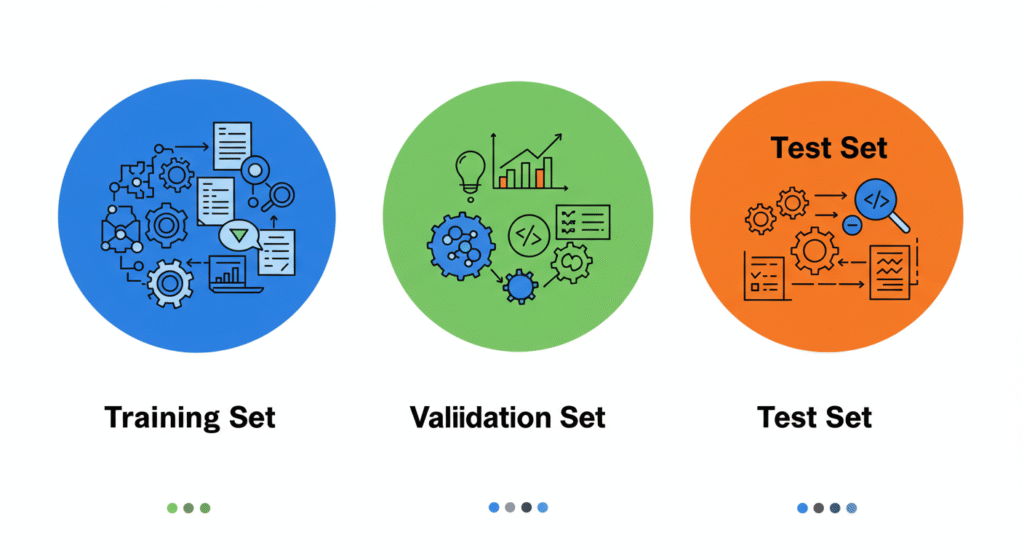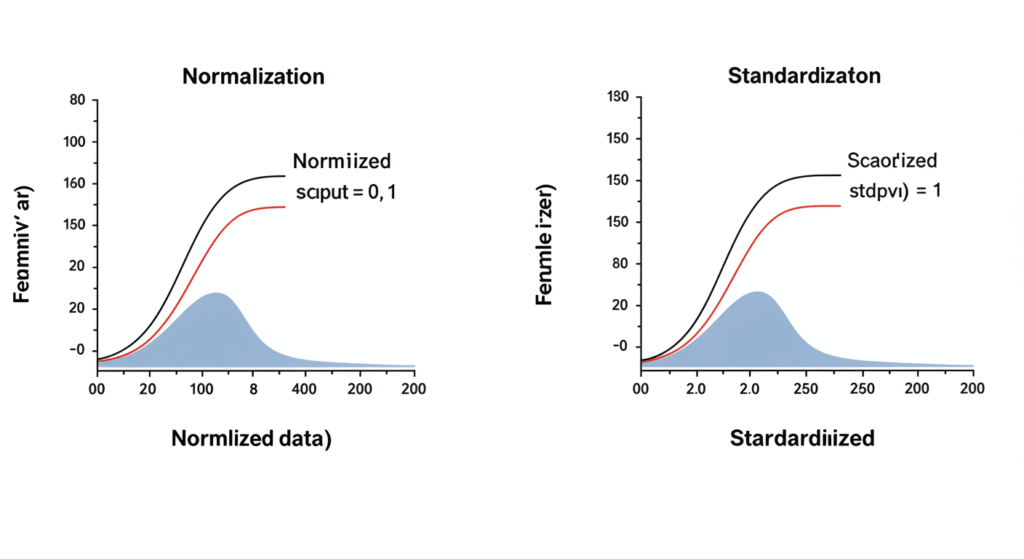Introduction: Why Understanding the Machine Learning Process Matters
Machine learning (ML) is transforming industries—from healthcare to finance—by enabling systems to learn from data and make intelligent decisions. But how does it work? The machine learning process is a structured approach that turns raw data into predictive models.
According to McKinsey, 56% of companies have adopted ML in at least one business function. Yet, many struggle due to poorly structured workflows. This guide breaks down the machine learning lifecycle, offering actionable insights to help you build, train, and deploy models effectively.
1. Understanding the Machine Learning Process
The machine learning process is a systematic workflow that involves several stages, each critical to developing an accurate and reliable model. Here’s a high-level overview:
- Problem Definition
- Data Collection
- Data Preprocessing
- Feature Engineering
- Model Selection & Training
- Model Evaluation
- Deployment & Monitoring

Let’s dive deeper into each step.
2. Step-by-Step Breakdown of the Machine Learning Process
2.1 Problem Definition: Setting Clear Objectives
Before writing a single line of code, you must define:
- Business goal: What problem are you solving? (e.g., fraud detection, customer churn prediction)
- Success metrics: How will you measure performance? (e.g., accuracy, F1-score, ROI)
Example: Netflix’s recommendation engine aims to increase user engagement by predicting what viewers will watch next.
2.2 Data Collection: Gathering High-Quality Inputs
ML models rely on data. Sources include:
- Structured data (SQL databases, CSV files)
- Unstructured data (images, text, audio)
- APIs & web scraping (Twitter, financial market data)
Pro Tip: Use synthetic data if real-world data is scarce (e.g., Gretel.ai).
2.3 Data Preprocessing: Cleaning & Formatting Data
Raw data is often messy. Key tasks:
- Handling missing values (imputation or removal)
- Outlier detection (using IQR or Z-score)
- Normalization & scaling (MinMax, StandardScaler)
Case Study: A healthcare ML model improved accuracy by 18% after fixing mislabeled patient records (Nature).
2.4 Feature Engineering: Enhancing Model Performance
Features (input variables) significantly impact model success. Techniques include:
- One-hot encoding (for categorical data)
- PCA (Principal Component Analysis) for dimensionality reduction
- Creating interaction terms (e.g., “income × credit score”)
Stat: Proper feature engineering can boost model accuracy by up to 30% (KDnuggets).
2.5 Model Selection & Training: Choosing the Right Algorithm
Selecting an algorithm depends on:
- Problem type (classification, regression, clustering)
- Data size & complexity
| Algorithm | Best For |
|---|---|
| Linear Regression | Predicting continuous values |
| Random Forest | High accuracy, robust to noise |
| Neural Networks | Complex patterns (image, speech) |
Pro Tip: Start with simple models (logistic regression) before moving to deep learning.
2.6 Model Evaluation: Testing Performance
Avoid overfitting by evaluating on unseen data. Common metrics:
- Classification: Precision, Recall, AUC-ROC
- Regression: RMSE, MAE, R²
Example: A fintech startup reduced false fraud alerts by 22% after optimizing for recall.
2.7 Deployment & Monitoring: Going Live
Deploy models via:
- Cloud platforms (AWS SageMaker, Google Vertex AI)
- Edge devices (IoT, mobile apps)
Monitor for:
- Data drift (input distribution changes)
- Model decay (performance drops over time)
Stat: 47% of ML models fail in production due to poor monitoring (VentureBeat).
3. Common Challenges in the Machine Learning Process
| Challenge | Solution |
|---|---|
| Poor data quality | Invest in data cleaning tools |
| Overfitting | Use cross-validation & regularization |
| Scalability issues | Opt for distributed computing (Spark) |
4. Machine Learning Process FAQs
Q1: What are the key steps in the machine learning process?
A: The machine learning workflow includes problem definition, data collection, preprocessing, model training, evaluation, and deployment.
Q2: How long does the machine learning process take?
A: It varies—simple models take days, while deep learning projects may require months.
Q3: What’s the difference between AI and machine learning?
A: ML is a subset of AI focused on data-driven predictions, while AI encompasses broader intelligence.
Q4: Which programming language is best for machine learning?
A: Python (with libraries like TensorFlow, Scikit-learn) is the most popular.
5. Conclusion: Mastering the Machine Learning Process
The machine learning process is a blend of science and engineering. By following a structured approach—from data collection to deployment—you can build models that drive real business impact.
Ready to implement ML in your organization? Book a consultation with our experts.


Pingback: Difference Between Training, Test, and Validation Sets
Nice post. Clear and insightful explanation of machine learning concepts.😊